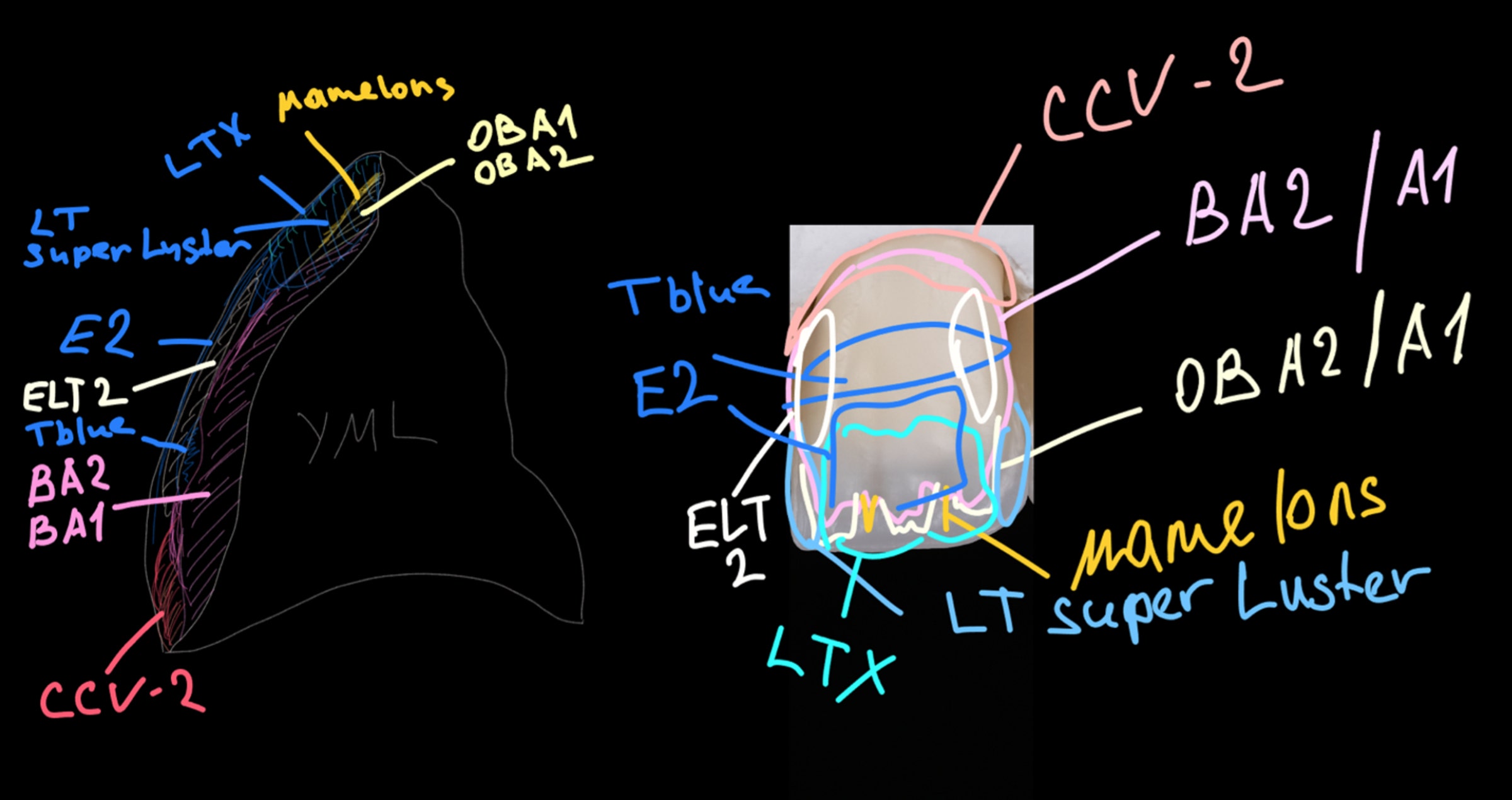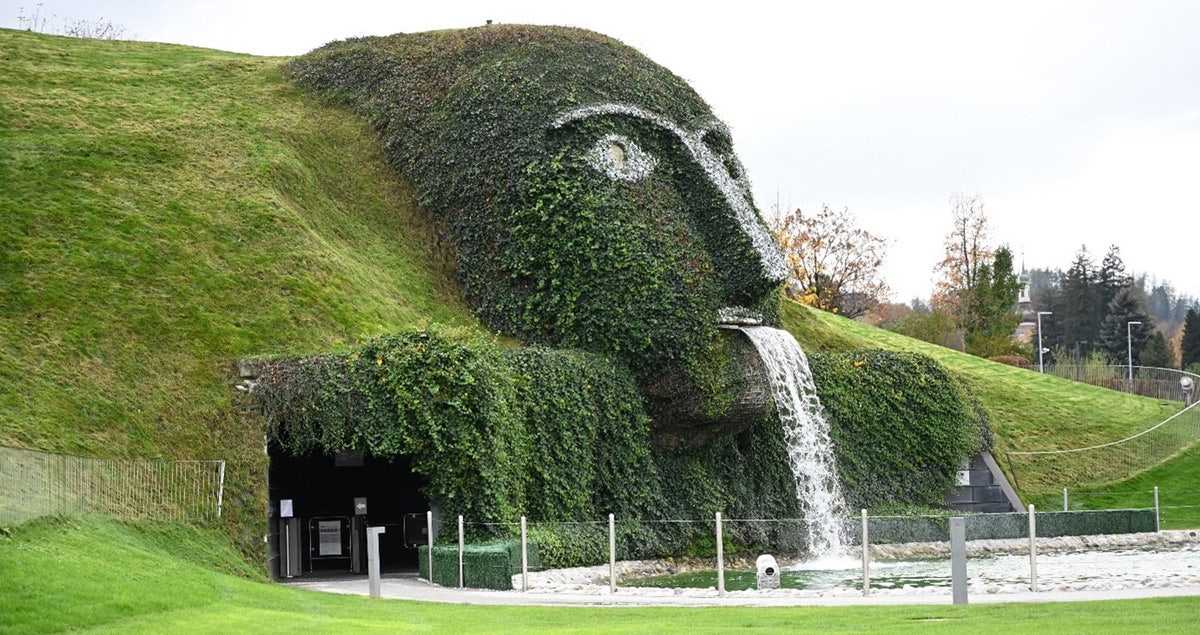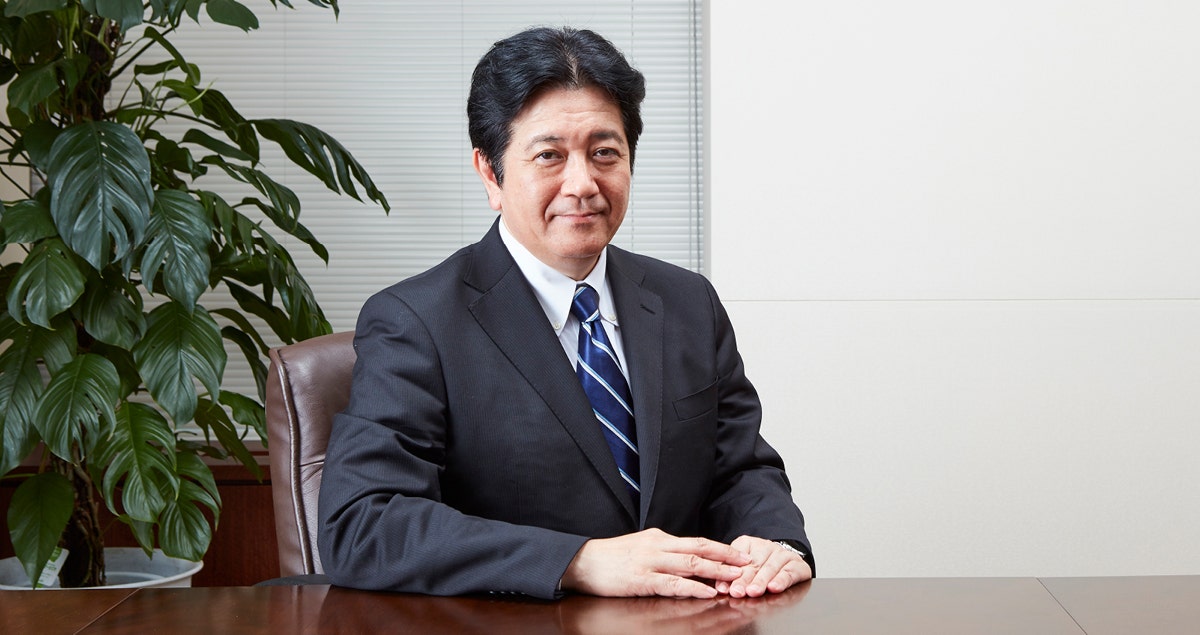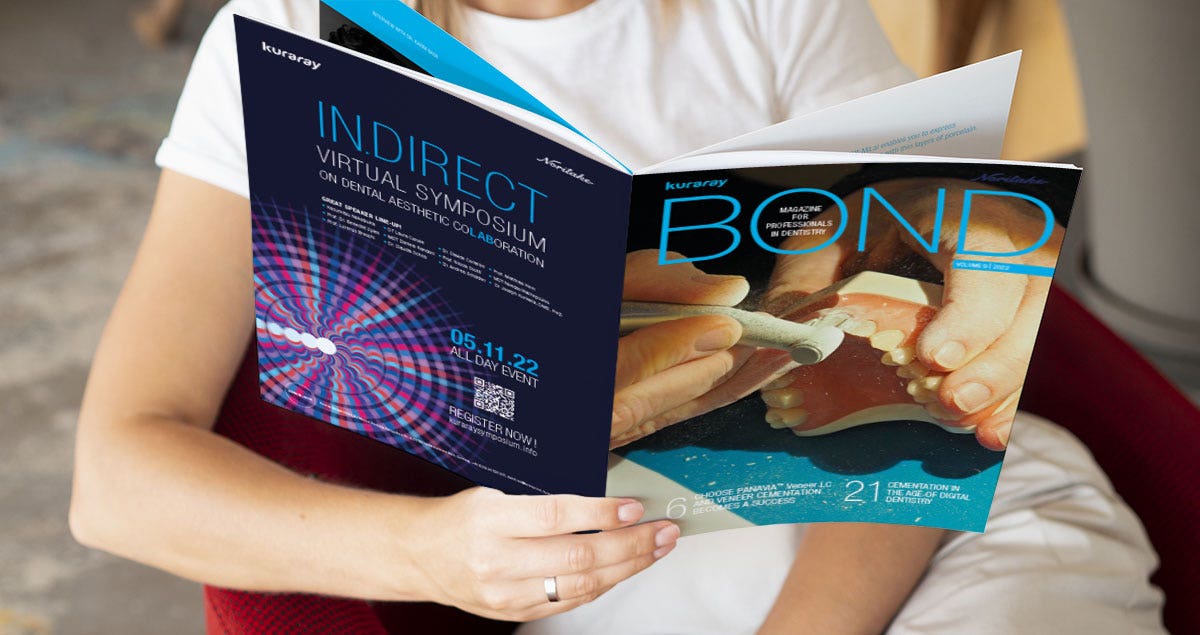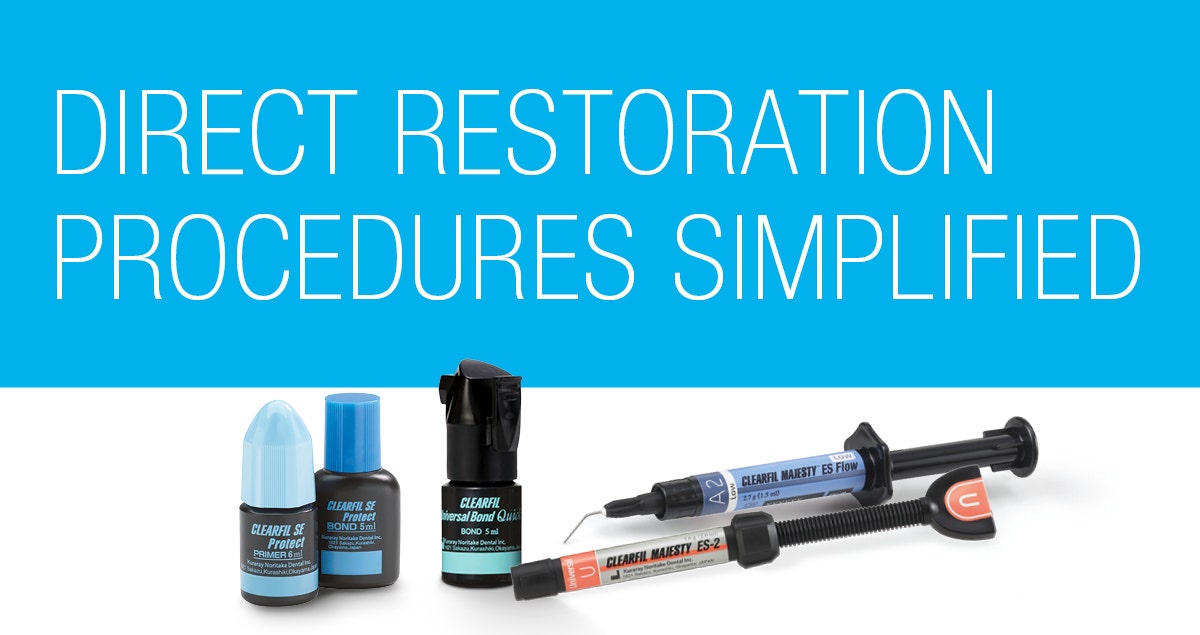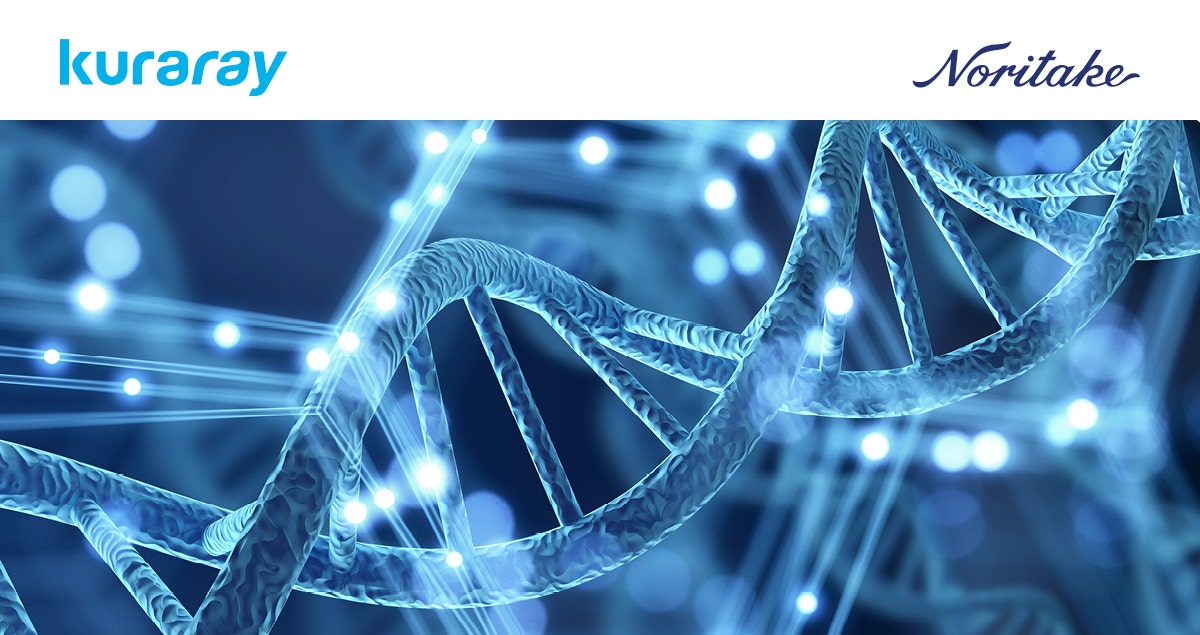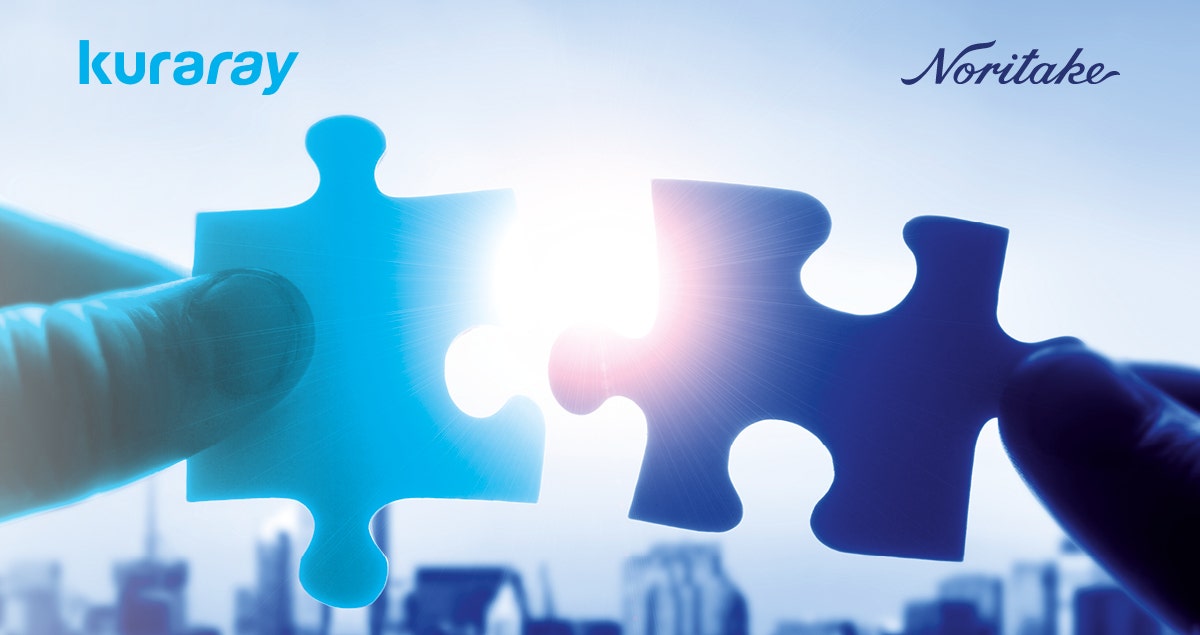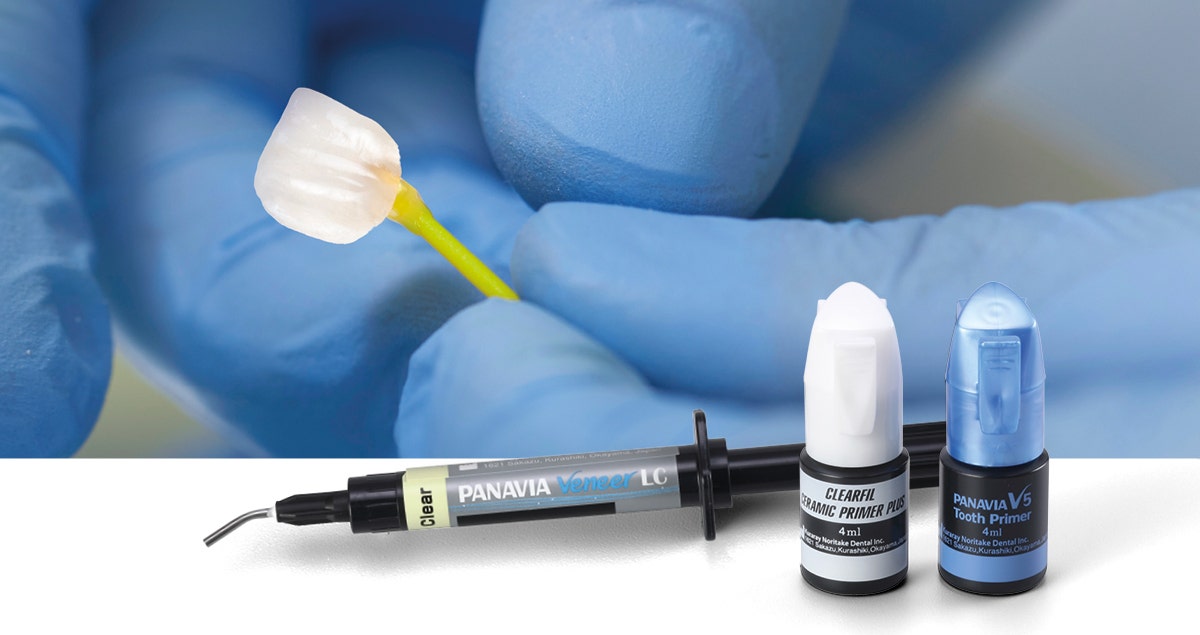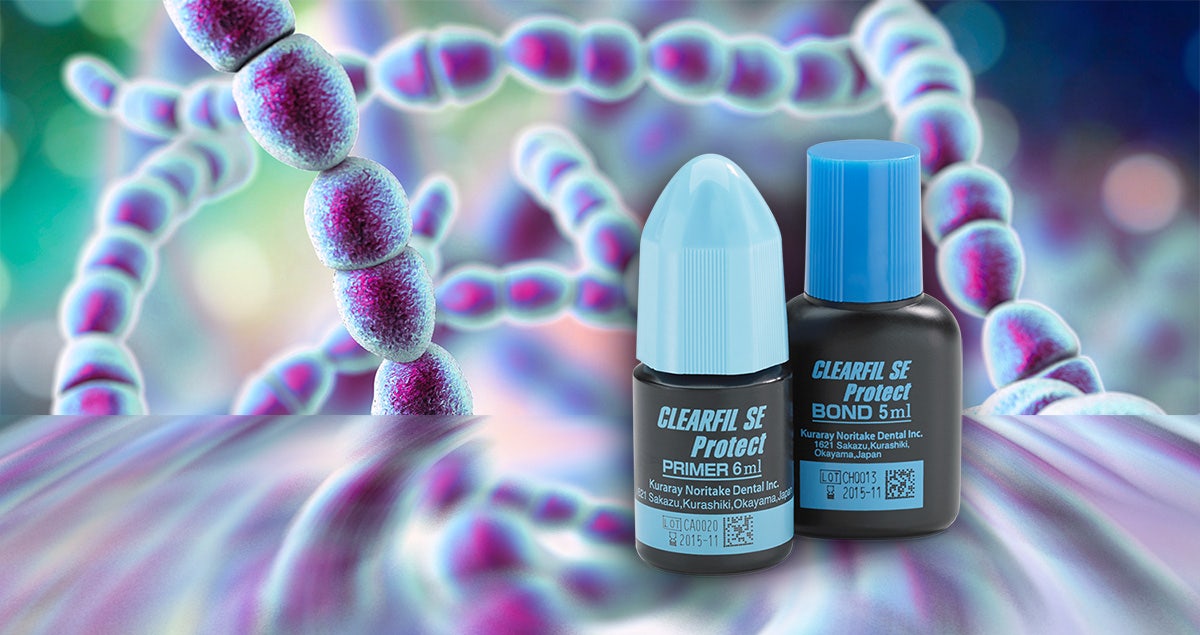How KATANA™ Zirconia YML gives you more time for the really pleasant things in the dental lab
Did you know that humans make up to 30,000 decisions every day? Especially in the busy laboratory environment, decisions often have to be made blazingly fast and under time pressure. At least there is one decision we can spare you: Choosing your all-ceramic material! The reason is that we offer you an all-rounder for everyday laboratory use—reliable, safe and with top colour fidelity—KATANA™ Zirconia YML.
The new KATANA™ Zirconia YML is suitable for every indication and delivers uncompromising outcomes. Its special blank structure results from a combination of newly developed raw materials with different yttrium oxide content. This makes KATANA™ Zirconia YML the all-rounder that allows its users to standardize, streamline and simplify their procedures. Save decision-making time and use the time gained for the really pleasant things in everyday laboratory work, like perfect aesthetic finishing, planning or talking to the patient.
KATANA™ Zirconia YML and the path to perfection
Simply beautiful—the KATANA™ Zirconia story is epitomized by enthusiasm for all-ceramics and a passion for aesthetics. Dental technicians' wishes were taken into account, as were the findings of science and materials technology. The state of the raw materials, the purity of the powders, as well as the homogeneity and density of the blanks—the material properties are specifically matched. In conjunction with a meticulously designed in-house manufacturing process, the result is the dependable high material quality for which KATANA™ Zirconia is known and loved.
The success of KATANA™ Zirconia is based on a remarkable feature: Only KATANA™ Zirconia is made using Kuraray Noritake Dental Inc.'s unique, patented raw material technology*. Kuraray Noritake Dental Inc. is one of the few zirconia manufacturers with exclusive access to its own raw material. On this basis, it has succeeded time and again in setting new pioneering trends on the market. The company was the first to launch multi-layered zirconia—its Original Multi-Layered Technology—on the market. Now, with KATANA™ Zirconia YML, a new era in multi-layered zirconia is beginning.
*EP2024300
What makes KATANA™ Zirconia YML so special?
The answer is easy: predictable outcomes. Users benefit from reliable performance, accurate results and easy use. Its high colour fidelity makes the KATANA™ Zirconia Multi-Layered series so distinctive, as does the precision and perfection that zirconia provides. All the masterly competence of dental specialists in one disc! Dental technicians benefit from high cost-effectiveness and productivity. Assured colour fidelity and precision also provide for relaxed working.
New raw material technology
KATANA™ Zirconia YML is based on a new raw material technology derived from decades of zirconia experience. The zirconia imparts translucency as well as flexural strength, together with its proven multilayer colour structure. The special structure results from a combination of new raw materials with different yttrium oxide content. This makes KATANA™ Zirconia YML the ideal all-rounder with which work processes can be standardized, streamlined and simplified.
KATANA™ Zirconia YML combines raw materials with different yttrium oxide content. The result is an all-rounder material with colour, translucency and strength gradation.
More simplicity in the dental lab
The high density and homogeneity of the material provides for excellent marginal quality and edge stability. Seamless multi-layered technology produces a natural appearance with smooth colour and translucency gradients, no transition lines, and more besides. Highly aesthetic results are achieved with minimal effort. Thanks to the high colour stability, dental technicians achieve the desired aesthetics without laborious post-processing. The reliable predictability of the outcomes makes work even more fun.
Monolithic anterior and posterior crowns are half polished and half individualized with CERABIEN™ ZR FC Paste Stain and then glazed. (Images courtesy of DT Enrico Ferrarelli and MDT Daniele Rondoni)
More assurance in the dental lab
The individual layers in the multi-layered blank are optimally matched and shrink homogeneously in the final sintering process. The result is a high level of dependability and optimum quality of results. KATANA™ Zirconia YML is made using Kuraray Noritake Dental Inc.'s patented raw material technology, whereby even the raw material comes from within the company. This represents a clear advantage over most other zirconia manufacturers, as it allows every parameter to be fine-tuned. The variables are optimized for reliable application—down to the smallest detail. This means highly accurate fitting in everyday laboratory work. Retro-adaption or repeated fabrication do not even arise. And if you need to step up the pace: Harmonious material structure and high zirconia competence are prerequisites for optional high-speed sintering too, which is a valuable asset for every dental lab.
More flexibility in the dental lab
High flexural strength in the dentin area, yet high translucency in the enamel area—these features allow KATANA™ Zirconia YML to cover every all-ceramic indication. The zirconia is suitable for producing long-span monolithic bridges as well as thin-walled crowns, cut-back frameworks for micro-layering and even veneer restorations. Due to this versatility, it is possible to replace other ceramic CAD/CAM materials in the laboratory. This makes inventory management so much easier!






